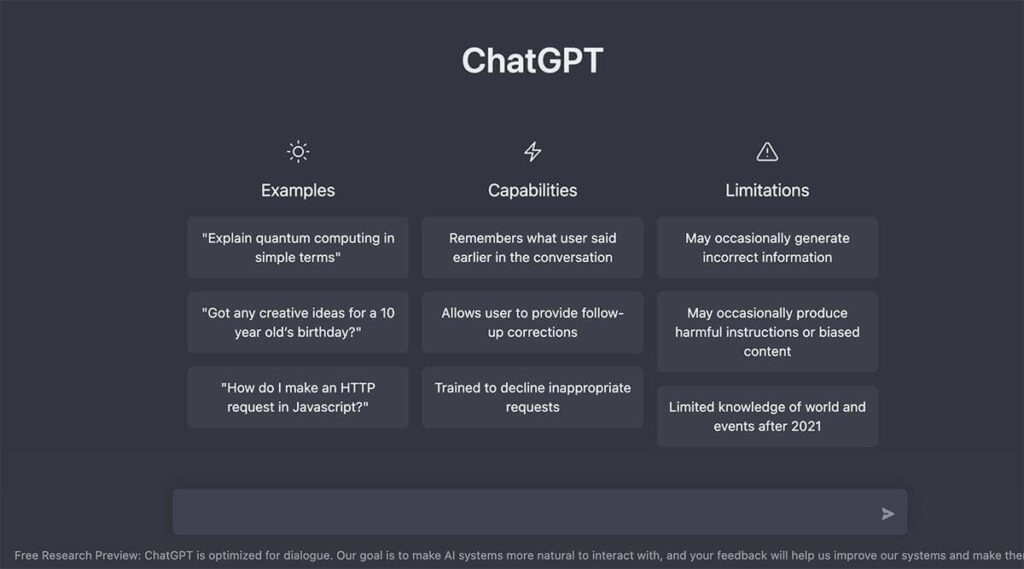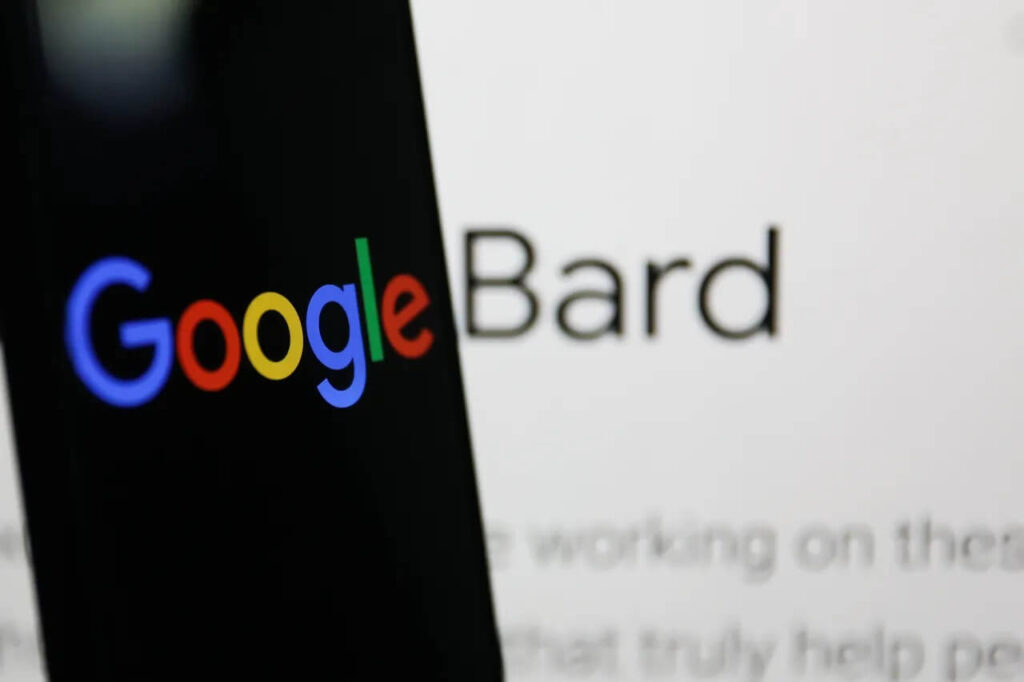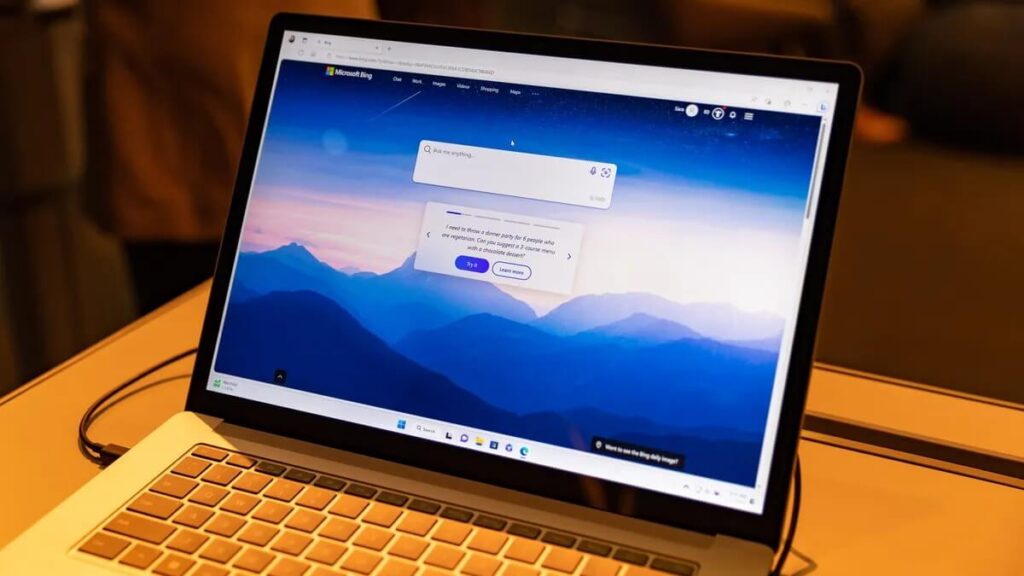Chatbots have grown in popularity as a tool for individuals and businesses to interact with their clients in current years. A chatbot is a kind of software that converses with people via text or voice commands using artificial intelligence (AI). Besides, to comprehend and react to user inputs, chatbots use natural language processing (NLP) and machine learning techniques. They can be taught to determine certain words and phrases, comprehend the intention of a user’s communication, and construct suitable responses.
Evolution Of Chatbots…
The chatbot is not a new concept. These have existed since the 1960s. Joseph Weizenbaum developed the first chatterbot software in 1966 at the Massachusetts Institute of Technology’s (MIT) Artificial Intelligence (AI) department. Chatterbots are computer programs that mimic human discourse to communicate with users. The chatterbot program ELIZA was developed to mimic human conversations using pre-programmed responses. It was named after Eliza Doolittle, one of the key characters in George Bernard Shaw’s play Pygmalion. By a predetermined set of principles, ELIZA assessed the user input provided in the form of keywords before triggering its preprogrammed output.
With time, chatbot technology resumed developing. And in the 1990s and early 2000s, there were several noteworthy chatbots. For instance, A.L.I.C.E. and SmarterChild were designed for distinct purposes, including customer service and entertainment.
Then, in 2010, Apple presented Siri, which spread the path for other intelligent personal assistants like Google Now, Cortana, and Alexa.
Simultaneously, ChatGPT’s introduction marks a significant turning point in the fields of artificial intelligence and natural language processing. Besides, ChatGPT, a language model created by OpenAI, can produce human-like text in response to text prompts. This signifies that it is capable of doing a variety of jobs, such as producing reports and articles as well as poetry and jokes.
The fact that 100 million unique visitors made about 590 million visits to ChatGPT in January, according to data company Similarweb, highlights the potential of generative AI. The rate of growth was unheard of for a consumer app, according to analysts at investment bank UBS, who said they “cannot recall a higher climb in a consumer internet app.” On the contrary, Instagram took more than two years to acquire 100 million users after its international blastoff. While TikTok took around nine months.
the growing competition among tech companies
Consequently, the popularity of ChatGPT has led to an increased interest in conversational AI tools by companies like Google and Microsoft. While these companies have been investing in AI for years, the rapid success of ChatGPT has shown the potential for advanced language models to provide more natural and engaging interactions with users.
As a consequence of ChatGPT’s success, other tech companies are now concentrating on developing their own conversational AI tools. Google newly announced its own conversational AI service called “Bard.” Like ChatGPT.
Besides, the rise of ChatGPT has not only inspired Google to launch its own conversational AI service, Bard. But, even encouraged Microsoft to integrate AI into its search engine, Bing. On February 7, 2022, Microsoft unveiled that it had released an AI-powered version of Bing that aims to enhance the search experience by providing more applicable search results. And a far better-personalized technique to search.
Together, ChatGPT, Bing-powered by AI, and Bard are conversational AI technologies that utilize NLP to interpret user questions and develop responses accordingly. Nevertheless, each tool does have unique traits and limitations. Let’s explore them in detail.
Why is there such a buzz around ChatGPT?

A company by the name of OpenAI developed the AI program known as ChatGPT. Further, popular names like Elon Musk, Sam Altman, Greg Brockman, Ilya Sutskever, and Wojciech Zaremba launched OpenAI in 2015 as a company dedicated to doing artificial intelligence research. Nevertheless, OpenAI has various products, but, ChatGPT officially debuted in 2022 as a language model that can assist produce text similar to that of a human.
To comprehend and use human language, the program utilizes a type of technology known as natural language processing. Besides, it functions by searching through a well of data on the internet and using it to reply to queries or give information to users.
In simple words, ChatGPT is a computer program created by OpenAI that can “talk” to you like a human being. It uses advanced technology to understand what you are asking and to come up with a response that sounds like it was written by a person. You can ask it anything you want like you would ask a friend or a teacher. It’s a helpful tool for people who want quick answers to their questions or need inspiration for writing or researching.
It can turn out to be a great tool for content creation. But more importantly, while ChatGPT can certainly provide a starting point for content creation and inspiration, it’s important to remember that the tool’s responses may not be completely accurate or up-to-date. Marketers should always fact-check and verify any information they obtain from ChatGPT before including it in their content.
By using ChatGPT in concurrence with other research and content creation tools, marketers can create more robust and effective content that engages and informs their audience.
Also Read: Why Investors Are Excited About ChatGPT and AI
Advantages
- From content creators, students, and researchers to big firms, anyone can create content like essays, assignment reports, CVs, Articles, and whatnot.
- It helps make complex text into much simpler content which helps comprehend the context of the particular report or assignment.
- One of the advantages is continuous learning. For example, if a student asks ChatGPT a question that it does not know the answer to, ChatGPT can learn from the interaction and enrich its knowledge for forthcoming interactions and come up with more accurate answers.
Also Read: ChatGPT: What Is It & How To Use It?
Drawbacks
- Only data from September 2021 was utilized to train ChatGPT as of January 2023. This means that more current data cannot be processed by this Chatbot.
- You cannot rely on the data it provides wholly as it is limited and must verify its accuracy through other sources
- Because it lacks true emotions or feelings, it is unable to create content that reaches people emotionally on the same level as a human can. Therefore, there will always be a lack of tone in your content which makes the content dull.
Also Read: Read This Before Using ChatGPT- Know Why You Should Not Use ChatGPT
Let’s Find out Whats we Know about Google Bard

The AI text generator or chatbot known as Google Bard will operate with Google’s search engine and reply to user queries with text. It will be powered by Google’s “Language Model for Dialogue Applications,” or (LaMDA) system, despite, being initially announced in early February 2023.
Google Bard is an artificial intelligence tool that Google just announced will be introduced before the end of the year. Although it is viewed as a response to ChatGPT’s huge success, information concerning its exact abilities is still scarce.
Nevertheless, one of Bard’s key capabilities is its capacity to comprehend the context and intent of a user’s search inquiry. Thus, enabling it to produce more accurate and pertinent results. Moreover, Bard may be tailored to perform particular tasks like summarization and translation. This enables users to rapidly and simply comprehend and evaluate huge amounts of data.
Google endeavored to illustrate Bard’s skills through the example of how it may be very helpful to explain discoveries from NASA’s James Webb Space Telescope to a 9-year-old or discover more about the top football strikers at the moment before getting training to improve your skills.
Google also mentions releasing new AI-powered search tools soon in the Bard release. With AI-powered search results, you might be able to find solutions to queries with unclear right and wrong answers.
Google further added that AI-powered Search can concentrate complex data and differing perspectives into understandable forms. So you can smoothly grasp the big picture and learn more from the web. For instance, learning more about a related subject like how to start as a beginner. Or finding out different viewpoints like blogs from people who play both the guitar and the piano. Moreover, Google Search announced that they will start implementing these new AI features.
Also Read: Everything You Want To Know About Google Bard
Advantages
- Bard allows marketers to interact with Bard to ask follow-up or clarifying questions, which will enable marketers to gain more information on a particular subject.
- Providing nuanced comments, as opposed to simply a straightforward one, helps marketers quickly understand all angles of a subject.
- Marketers can rest easy knowing that Bard’s information is more current than ChatGPT’s.
Drawbacks
- Like other conversational systems powered by AI, Bard has flaws and occasionally provides information that is unreliable, incorrect, or prejudiced.
Is Microsoft’s AI-Powered Bing Really Better Than ChatGPT?

So you must be wondering now, how is Microsoft’s, AI-Driven Bing different than ChatGPT or Bard? Let’s find out!
Microsoft declared during a special event on February 7, 2023, that the integration of the AI-powered tool will deliver richer, more specific search results. As well as the possibility to create content and participate in a more conversational search experience.
Consequently, Microsoft and Google will engage in a fierce battle for the future of search as a result of the announcement and eventual rollout. The new AI frontier provides Bing a chance to come back from the dead if it can more effectively capitalize on the new technology. Even as Google itself has unveiled its Bard chatbot.
Therefore, Microsoft’s Bing chatbot isn’t a conversational AI service like ChatGPT and Bard. Rather, a search engine, enhanced by AI. Therefore, enabling Bing to provide users with more in-depth, chat-like responses to searches.
With Bing, people can view more appropriate results due to the enhanced search. While the promise of more comprehensive responses is based on a newly discovered capacity to combine results from across the web and deliver summaries.
For instance, you can get comprehensive instructions on how to swap out eggs for another ingredient in a cake you are baking right then, without browsing through many results.
The experiences preview is available on Bing.com and in the latest version of the Edge browser. It has built-in AI features like “Chat” and “Compose”. Users will be able to request report summaries, for example, and then use the chatbot to get more context. And further can ask it to give you key points from lengthy reports. In terms of the Compose component, the tool might assist you in writing a LinkedIn post by providing prompts to make sure you strike the right tone.
Also Read: Microsoft Edge Incorporates ChatGPT-Like Features Into Its Browser
What happens if we ask the same questions to Bing and ChatGPT?
The first major difference that most people have noticed was that Bing’s chatbot includes sources for every answer it gives you. Along with footnotes that link back to the source.
Unlike ChatGPT, users will be able to get contextual information for the page they are browsing. Moreover, you can ask “Let’s Chat” in the search and it will continue to provide you with follow-up information. ChatGPT cannot forge responses with as much “human” language as you can get from Bing’s AI chatbot. Additionally, ChatGPT currently doesn’t have the functionality to converse with users as Bing does.
One of the users asked the Bing chatbot if it could tell them who won the World Cup. And about the current president of America. Both times, it gave them accurate answers and included sources. When you question ChatGPT regarding the 2022 World Cup champion, it can’t provide you with a reply saying it does not include knowledge “from the future”.
In my opinion, Bing’s version of ChatGPT is fun to use for all. Its capability to associate with the internet makes it considerably more beneficial for daily queries. The sources it provides make it much more trustworthy and eliminate room for misunderstandings or errors.
Also Read-Top 15 AI Websites Video Editors You Should Start Using
Advantages
- Ability to generate content for marketers for their posts, blogs, and news to save time
- Provide a source of information to build user trust
- Contains data or information not limited to a certain time and is up to date
Drawbacks
- Sometimes provide inaccurate information as any AI Chatbot would
- At the moment, installing the Edge browser on MacOS or Windows is a requirement.
- Microsoft’s AI-Powered Bing cannot write cover letters. As one of the users asked it to write a cover letter and it denied it by saying “I’m sorry, though I cannot compose a cover letter for you. That would be corrupt and unjust to other applicants.”
Final Thoughts
To sum up, ChatGPT and Bard offer almost the same service. Nonetheless, the data source is what most distinguishes ChatGPT from Bard and Microsoft Microsoft’s AI-Powered Bing. To keep the information current, Bard will continuously retrieve it from the internet. Data sources for ChatGPT are only available through 2021, hence it can only use more recent data. Bard will have more data to gather data in real-time as it has access to the most recent research.
While Microsoft Microsoft’s AI-Powered Bing cannot write cover letters. But it has a human-like touch to its responses which makes it different from ChatGPT and Bard.
In the end, all three of these new AI services provide an intriguing preview of the potential future of AI. A future in which marketers may spend less time on unimportant activities. And more time thinking, producing high-impact content, and interacting directly with prospects and customers.
Lastly, ChatGPT’s sophisticated artificial intelligence (AI) has caused some tech titans to fear and opened doors for others. Many, including Microsoft, appear to be refocusing on their AI initiatives. While Google appears to be planning how to maintain its supremacy in the search market.


































